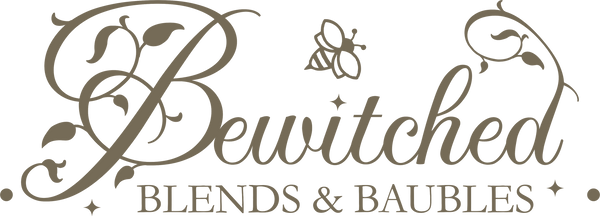
The History of Herbal Teas
Nature’s Healing Infusion
Before modern medicine, herbs played a crucial role in healing practices across cultures. Ancient civilizations relied on plants for their medicinal properties, often passing down knowledge through generations.
In Irish culture, herbal medicine played a significant role in healing practices long before modern medicine. Ancient Celts and later Gaelic healers (known as bean feasa or wise women, and fairy doctors) used the natural landscape to treat ailments. Ireland’s lush greenery provided an abundance of medicinal plants, which were deeply intertwined with folklore and spirituality.
Traditional Irish Healing Practices
- Druids and Herbalism: The Druids, the spiritual and scholarly leaders of pre-Christian Ireland, had extensive knowledge of plants and their healing properties. They believed that nature held spiritual and medicinal power.
- Bean Feasa & Fairy Doctors: These traditional healers, often women, were known for their knowledge of herbal remedies and were consulted for everything from fevers to curses. Rituals, prayers, or charms often accompanied healing.
Common Herbs in Irish Folk Medicine
Ireland’s mild, wet climate allowed many healing plants to thrive. Some of the most commonly used herbs include:
1. Nettle (Neantóg)
- Used as a tonic to cleanse the blood and boost vitality.
- Made into tea to treat arthritis, allergies, and skin conditions.
- Rich in iron, making it beneficial for anemia.
2. Yarrow (Athair thalún)
- Known as the “cure-all” herb, used for wound healing and fever relief.
- Brewed into tea to help with colds, flu, and digestive issues.
- Used to stop bleeding when applied as a poultice.
3. Elder (Tromán)
- Elderflowers were used in teas to ease colds and flu.
- Elderberries were consumed to boost immunity and treat infections.
- The tree was considered sacred, often associated with protection and magic.
4. Meadowsweet (Airgead Luachra)
- Contained natural salicylates (similar to aspirin) and was used for pain relief.
- Infused into tea to help with digestive discomfort.
- Used in baths to soothe joint pain and inflammation.
5. Mugwort (Máthair-thalún)
- Considered a protective herb, used in charms against evil spirits.
- Brewed into tea to regulate digestion and menstrual cycles.
- Placed under pillows to enhance dreams and aid sleep.
6. Heather (Fraoch)
- Used as a tea to support heart health and calm the nerves.
- Believed to have protective properties, often planted near homes.
- Used in poultices for skin conditions and wounds.
7. Hawthorn (Sceach Gheal)
- A sacred tree in Irish folklore, associated with fairies and protection.
- Its berries (haws) were used to support heart health.
- The leaves and flowers were made into tea for stress relief.
The Role of Herbal Teas in Irish Healing
Herbal teas were an essential part of Irish folk medicine. People brewed infusions to cure ailments, maintain health, and even ward off spirits. Many of these traditions were passed down orally through generations.
Healing & Folklore
Irish herbal medicine was deeply intertwined with spirituality. Many herbs were believed to have magical properties, and their use often involved rituals, prayers, or offerings to the fairies. It was common to leave gifts for the Sí (fairy folk) in exchange for good health.
Modern Influence
Today, many of these herbal remedies are still valued in Ireland. Herbal teas, tinctures, and natural remedies continue to be used, often backed by modern science. Traditional Irish healing practices remind us of the deep connection between nature, health, and folklore.
